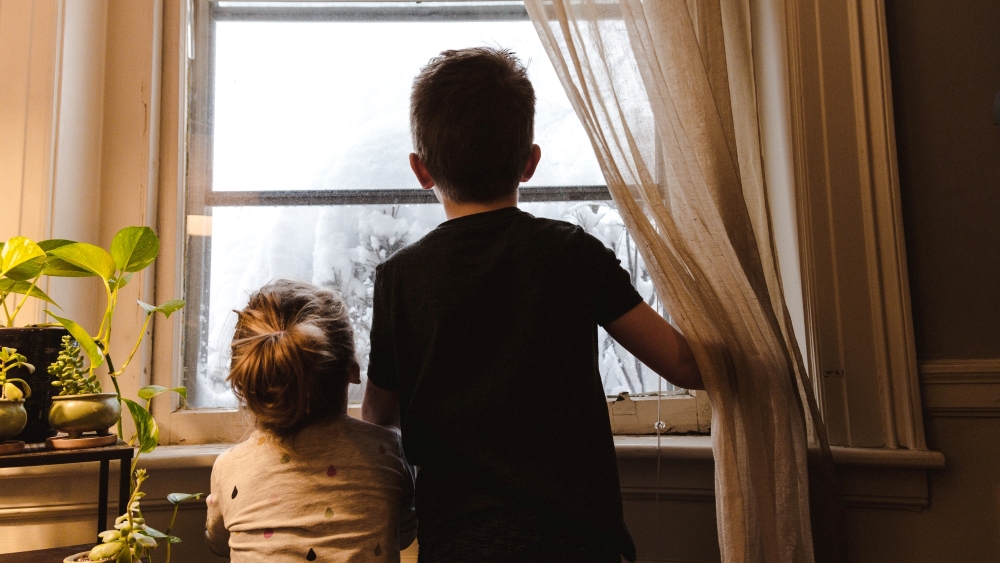Keeping your home toasty as the mercury drops this year will prove more expensive. How can increased grid independence (and a bit of weatherization) help keep more money in your pocket?
Big bills coming
At the start of 2021, signs of economic recovery were noticeable. The price of oil, natural gas and propane were beginning to stabilize to pre-pandemic levels, but a mild winter meant that many Americans were not exposed to high heating bills.
This coming winter will certainly be different, regardless of how cold it gets. As commodities, fossil fuels are subject to unpredictable price fluctuations that homeowners have little control over. There was a time when oil was less expensive than natural gas, until the reverse became true and the latter was touted as a sensible source of home energy. Natural gas now comprises one-third of the US energy generation mix.
Today, energy prices across the board have doubled year-over-year thanks in part to post-pandemic demand exceeding supply and the effects of inflation. Residents of the 50% of homes in the US that are heated with natural gas will feel the effects in their pocketbooks the most.
Tips to save money this winter
There are plenty of adjustments you can make to your home that can save money on heating and power. Performing an energy audit can pinpoint areas of high energy use. Audits can be carried out by a professional or done yourself. The government’s Energy Star program also offers an online advice portal that tailors its recommendations to your specific home.
If you’re assessing your home’s energy efficiency yourself, begin by visually inspecting the outside of your home. Walls, joints and eaves – the overhangs that surround a roof – should all be tightly sealed. The more cold air that manages to enter your home, the more you’ll be paying in winter heating costs.
On that note, if you have an attic, verify that the trap door is not leaking cold air into the rest of the house, and also examine the insulation to ensure it is applied evenly and hasn’t fallen. Other trouble spots can potentially be found in ductwork, where heat can escape through gaps that may be present. Any spots where holes have been made in the structure of the building, from electrical wire pass-throughs to doors, windows and even recessed lighting fixtures could be places where cold air seeps into your home.
Lastly, reconsider the use of incandescent bulbs for indoor lighting. While these bulbs tend to be cheaper than LEDs, they are highly inefficient, expensive to operate and fail quickly. Using LED bulbs can make small, steady dents in your utility bill over the years.
Do renewables hold the answer?
Renewable energy is sourced from non-finite resources that have infinite potential to produce power. The wind may not always blow, and clouds can sometimes hide the sun, but these natural resources will always return and enable people to offset their dependence on fossil fuels and the grid.
At the macro level, the cost of renewable energy has fallen tremendously. According to a report by the International Renewable Energy Agency, over 60% of total renewable power generation added in 2020 cost less than the cheapest fossil fuel option. A German study also shines a light on the cost of utility-scale renewables, claiming that they can now provide as much energy as a newly built conventional power plant for less money.
When it comes to powering your home with renewable energy, it would be wise to look at solar panels and battery storage that can potentially be installed in time for next winter. Generating your own power via rooftop solar is a move that can pay for itself relatively quickly in areas where electricity rates are high, like in California. If time-of-use rates are in effect, battery storage lets you keep a reserve of power generated during the sunny middle part of the day and use it when rates are high during the evening. Energy storage also gives you the benefit of emergency power in the event of an outage.
Electrifying a home that runs on natural gas is a big undertaking, but Barry Cinnamon, the CEO of an energy contracting company in the Bay Area, proved it could be done. Such homes will probably require an upgraded electrical service panel. Then it’s a matter of swapping out gas-powered furnaces, water heaters, dryers and cooktops with electric models. The converted home is quieter, safer, more comfortable and a net-generator of electricity, only drawing on grid power for a few weeks out of the year.
Energy efficiency and self-reliance go a long way
Whether you decide to take small or large actions to counter rising in energy costs, the key is to start with a plan. Pinpoint areas in your home where the elements are being allowed to creep in, and get informed about all the ways you can increase your energy self-reliance so that the fluctuations in oil, gas and electricity prices pack less of a punch.
https://www.nytimes.com/2021/11/08/business/economy/home-heating-prices-winter.html
https://apnews.com/article/business-prices-inflation-28e1231bdb445d482bb2d2e25dff1983
https://ctmirror.org/2021/11/19/the-price-of-energy-is-going-up-in-ct-could-it-have-been-avoided/
https://energypost.eu/germany-can-100-renewable-power-reduce-energy-costs-within-the-decade/
https://www.energy.gov/energysaver/home-energy-assessments
Photo by Kelly Sikkema on Unsplash


